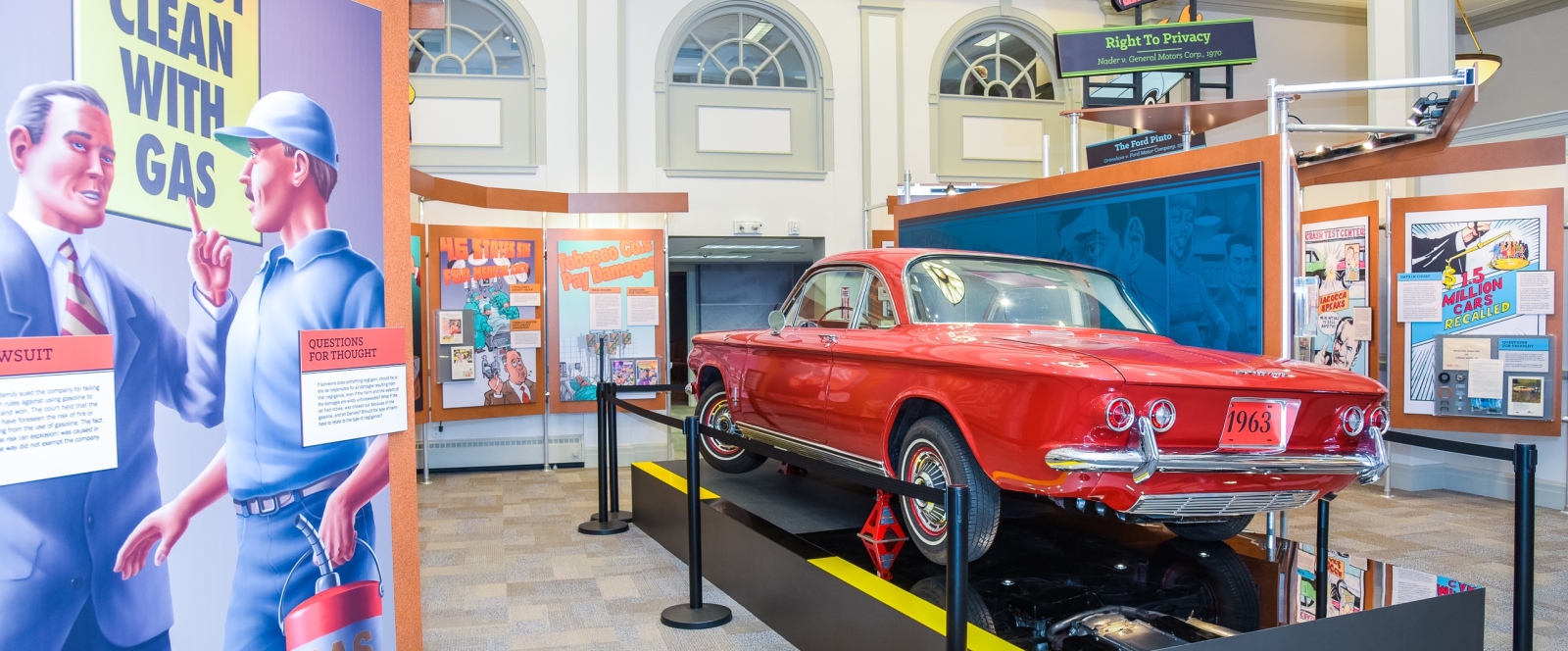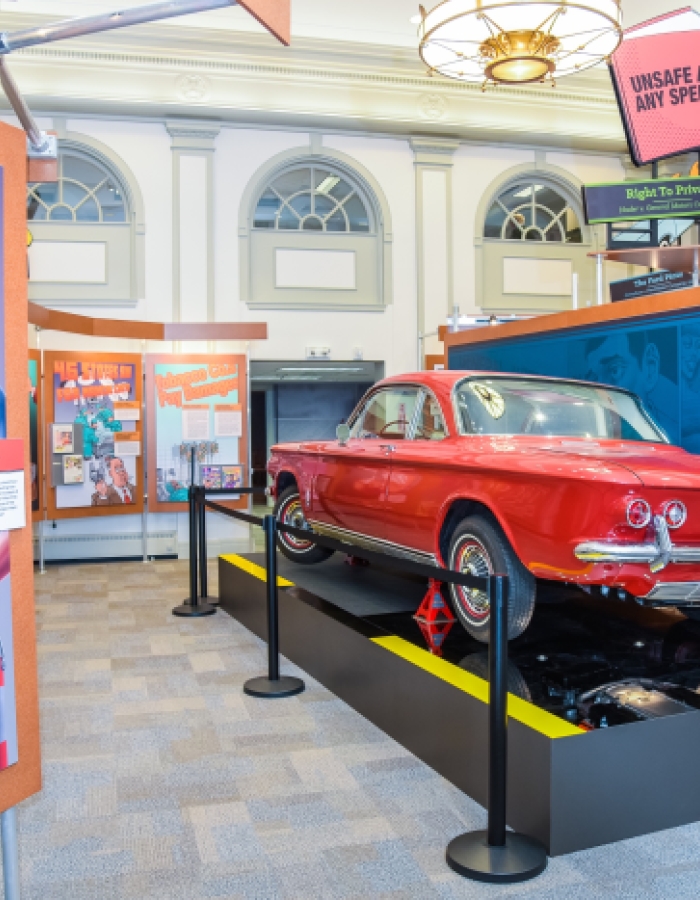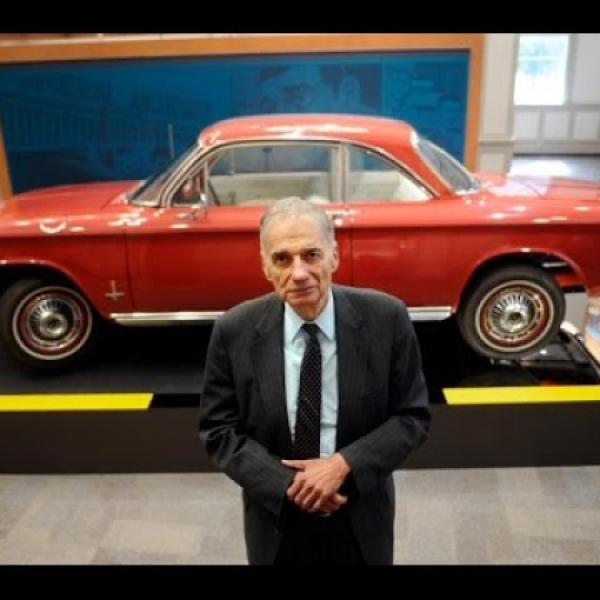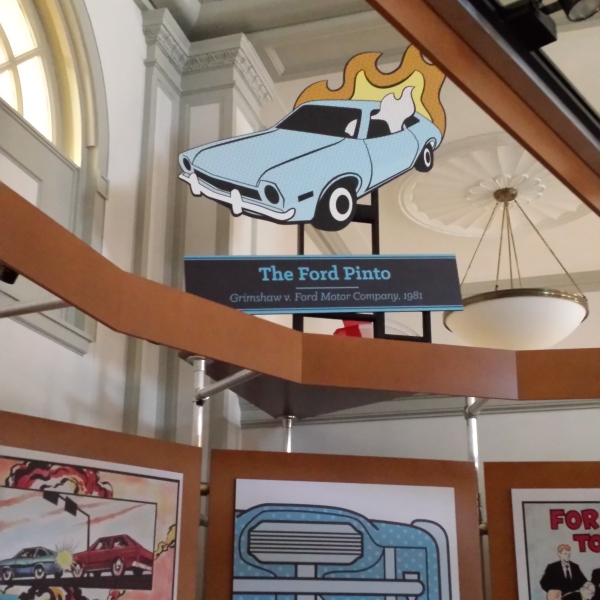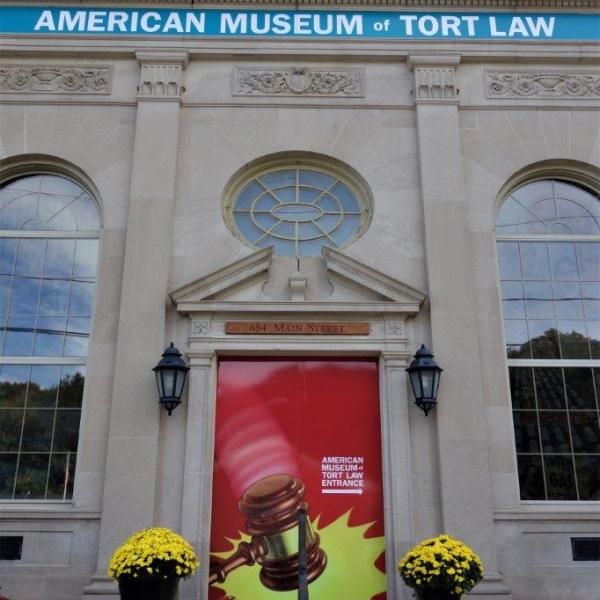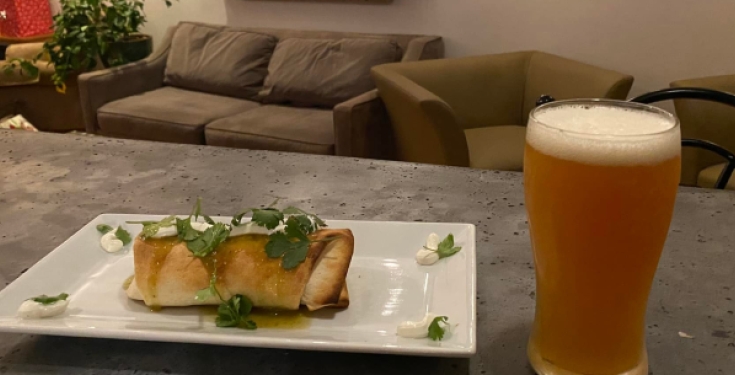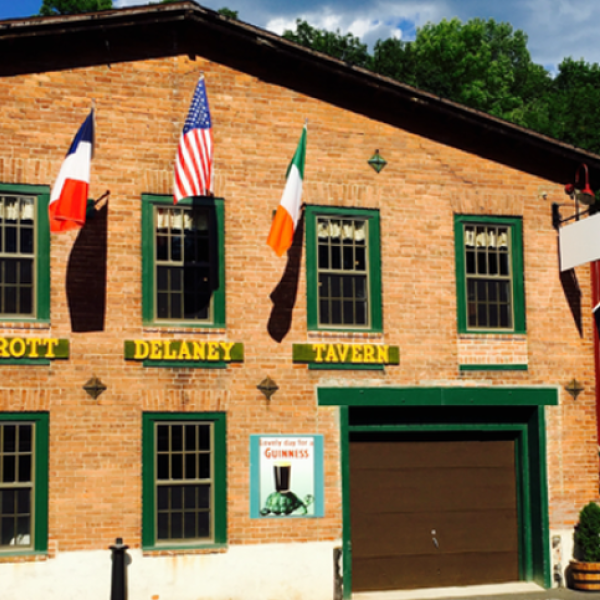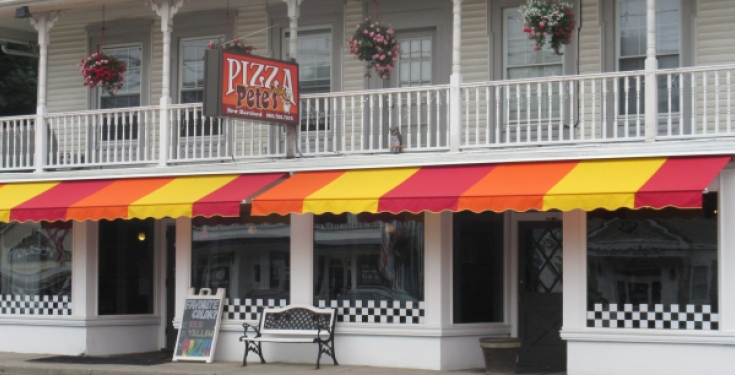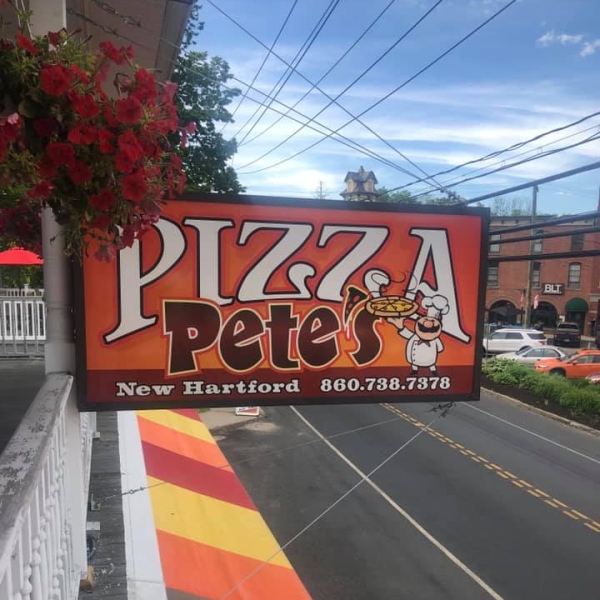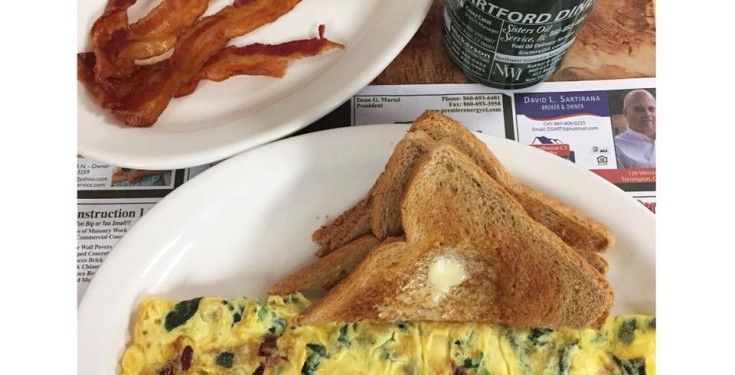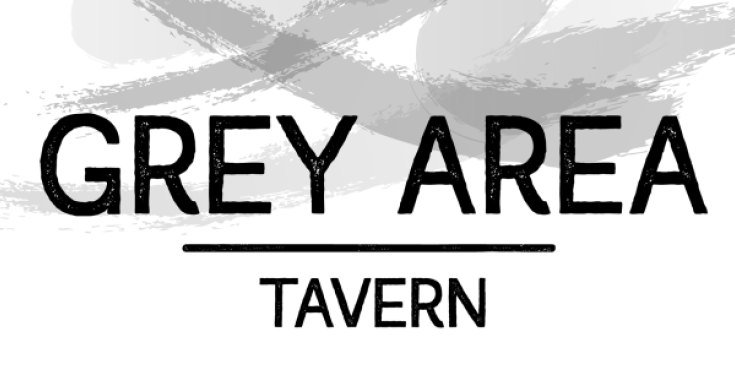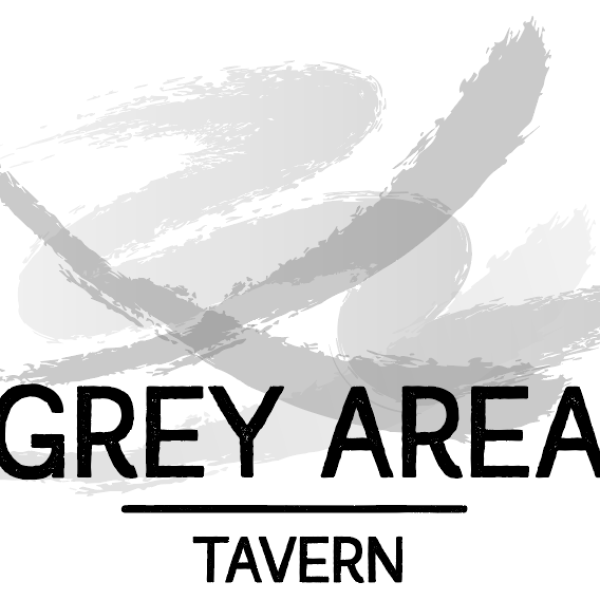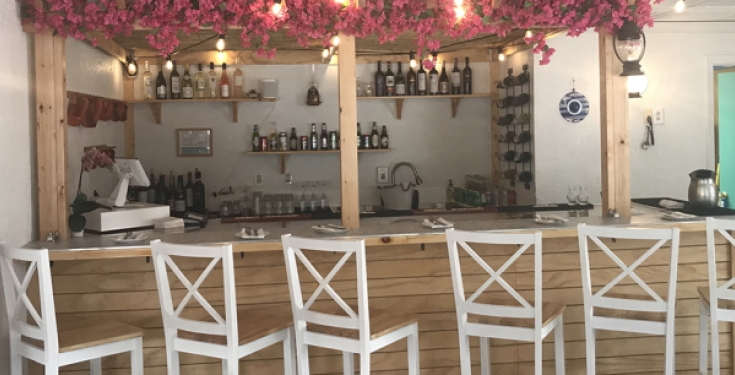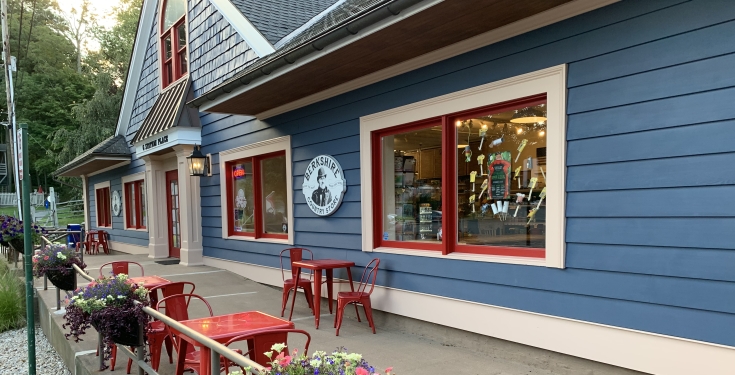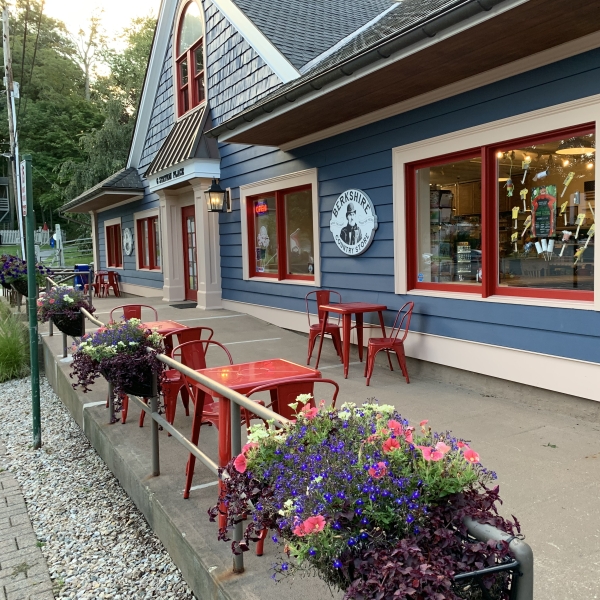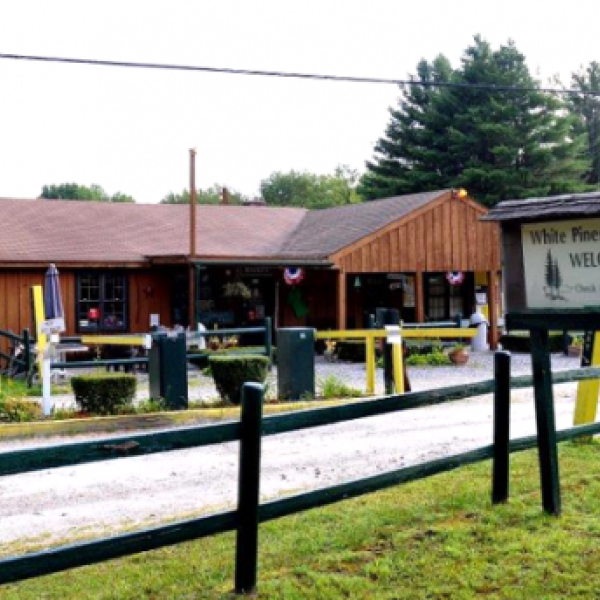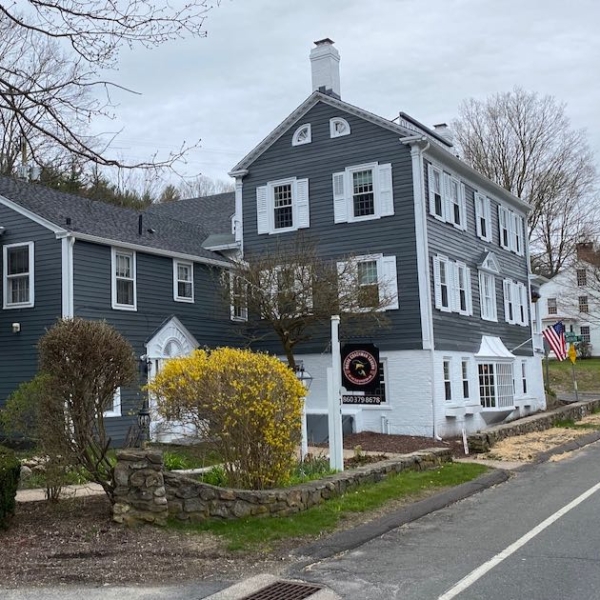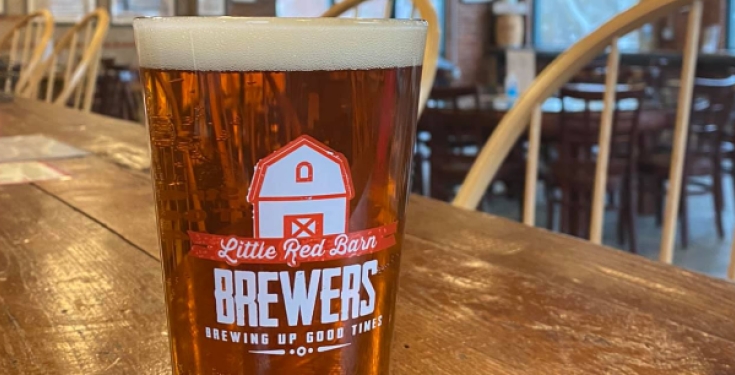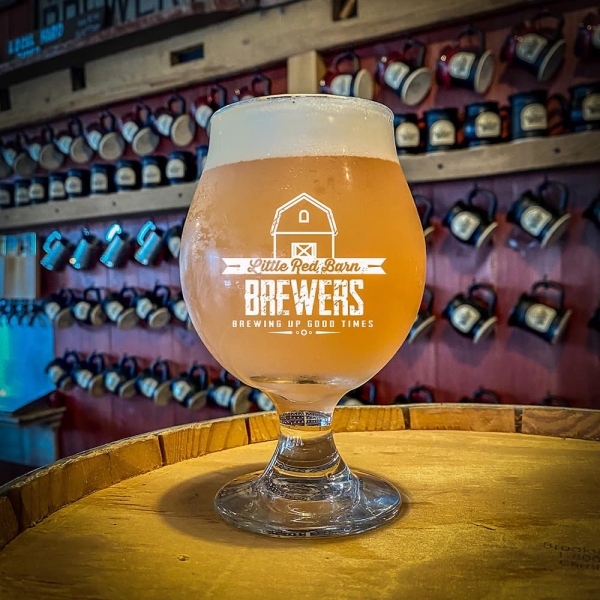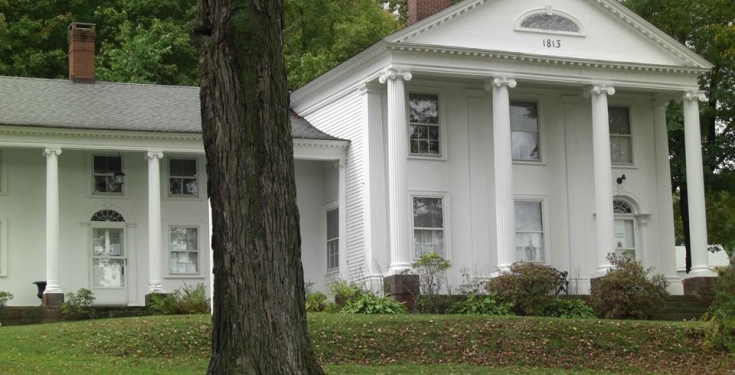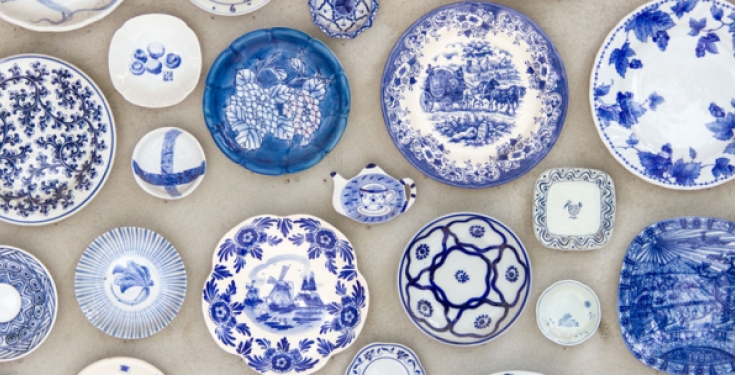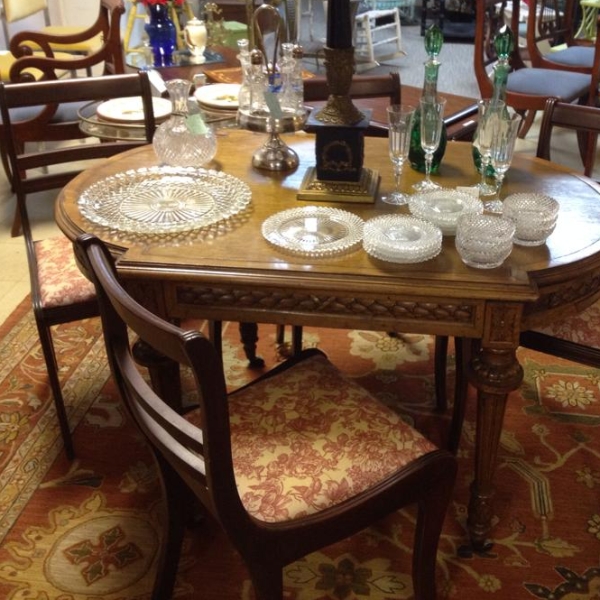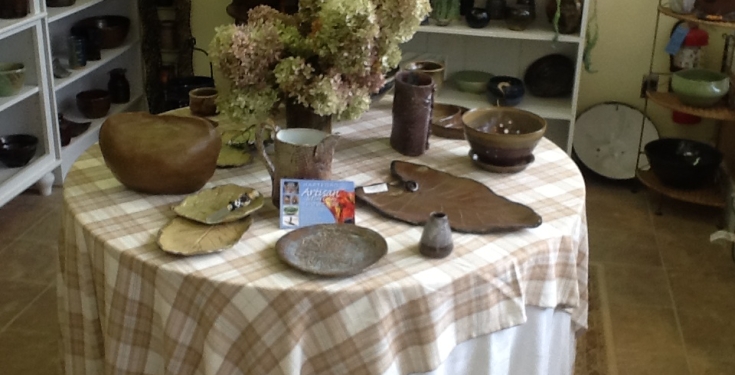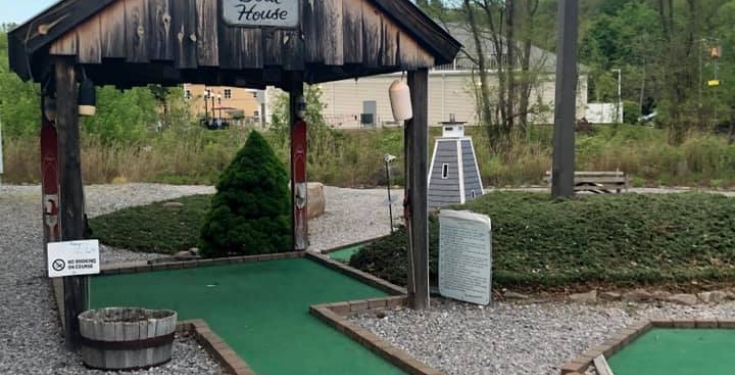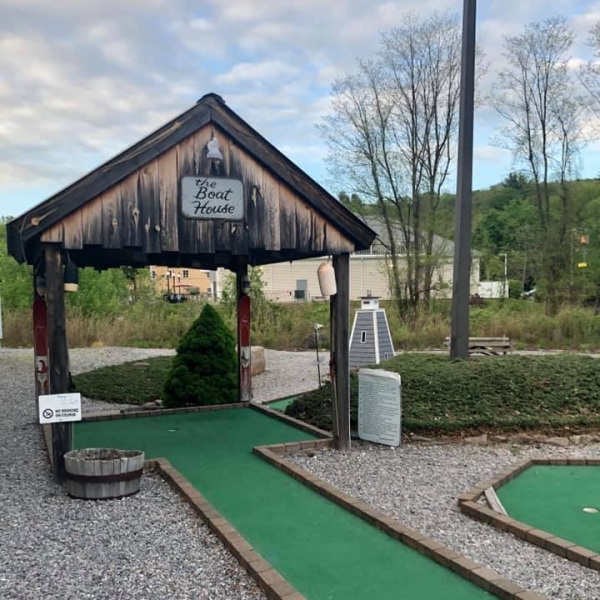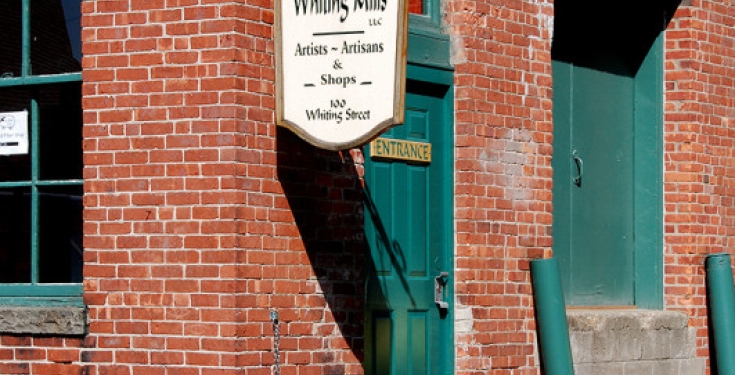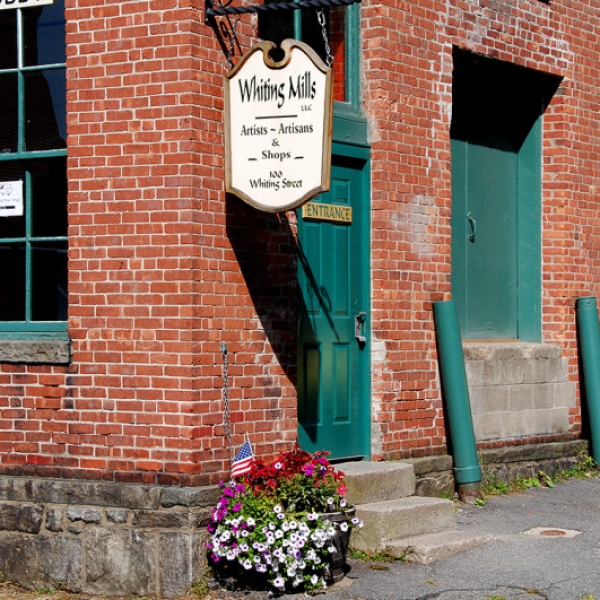The American Museum of Tort Law was conceived to educate, inform and inspire American citizens about tort law, the law of wrongful injuries, and trial by jury, an important right guaranteed in the Bill of Rights, in the 7th Amendment to the Constitution.
Tort law and trial by jury protect our health, safety and wellbeing, yet civil law is not taught as part of either high school or college curricula. The museum aims to fill that void. The exhibits were designed for a population with very minimal prior understanding of the topic. Exhibits incorporate a blend of cartoon illustrations, artifacts, and short text blocks to educate visitors about important legal precedents, and those cases which have resulted in better health and safety for all citizens. The exhibits are designed for adults, and for children from middle school grades and up.
One unique feature of the museum is that many of the cases featured finish with “questions for thought,” an invitation to the visitor to engage with the content, and ponder their broader implications. This assures that the visitors are actively engaged with the cases, and thus, leave with a deeper understanding of the cases, and also of how the law operates, as it adapts to changing times. This also encourages the expression of community voices. We want visitors to discuss what they learn about and take the issues with them out into the world, applying new ideas, or ways of thinking even ways of feeling about torts in everyday life.
The cases, each accurately drawn from real life, were selected by Professor Joseph Page, of Georgetown University Law School, an expert on tort law. Consequently, the visitor learns in a structured and well organized way about the evolution and importance of tort law.
Additionally, the nature of the cases depicted is accessible to all people as consumers and citizens. Everyone has experience, for example, drinking or handling a hot beverage, riding in a vehicle, navigating the medical world, and in a larger sense, striving for safety. The desire to be safe, to trust employers, manufacturers, doctors and others, is an innately human need that reaches all populations. When that trust is betrayed, it is natural for humans to seek justice another area where all audiences converge, and in fact the heart of our subject matter.
In that regard, a diversity of perspectives is woven into our exhibits. In all of the cases, there are plaintiffs and defendants from varying walks of life various genders, ages, career fields; even different periods of time are represented. Just as tort law exists to serve every possible category of society, so does our museum.
A visit to the American Museum of Tort Law will increase your appreciation of trial by jury and the benefits of tort law.
